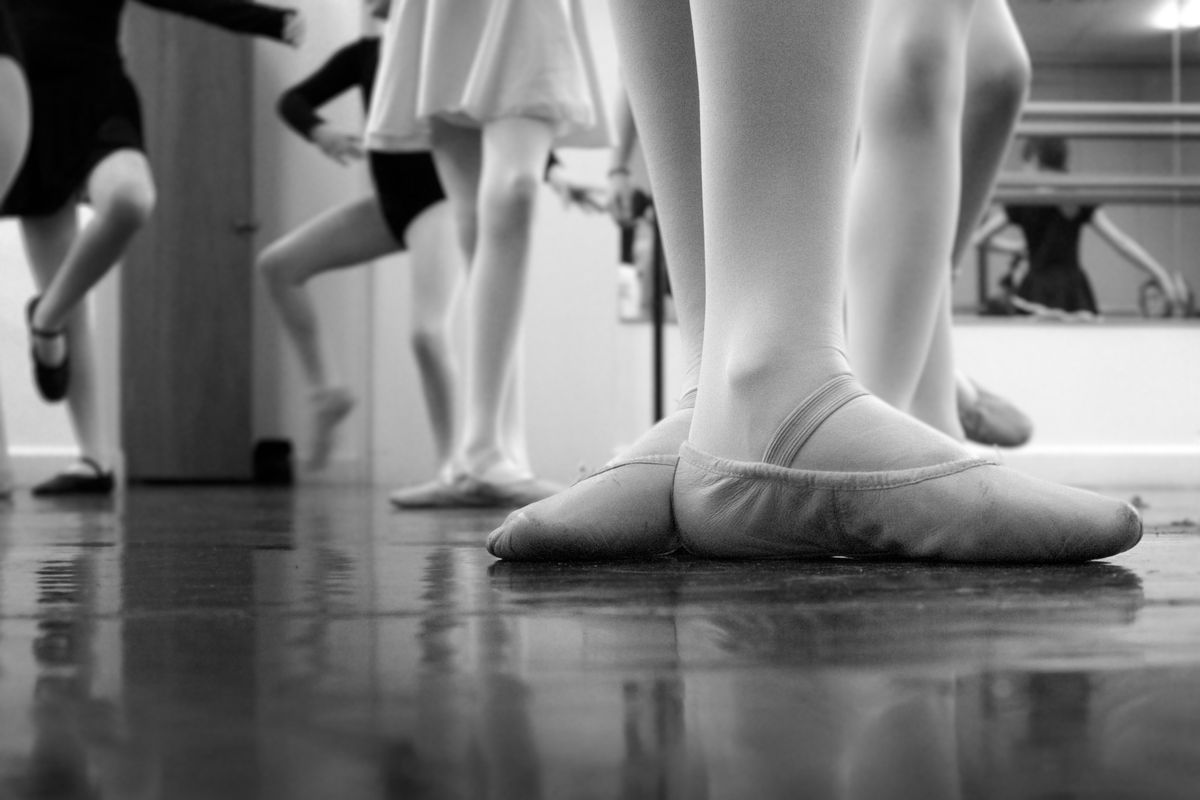
You’ve seen them: dancers, still recovering from a holiday food coma, shuffling into class in a woozy, post-vacation stupor. (You may even know the feeling yourself.) It’s all they can do to make it through their classes, and by day two, they’re stiff, sore and moaning about it.
“Winter break is the worst,” says Rubén Graciani, chair of dance and associate artistic director, Conservatory of Performing Arts, at Point Park University. Not many students take a January intensive, and with no school for about four weeks, it’s just long enough to fall seriously out of shape—especially if dancers aren’t cross-training.
“The biggest thing is stamina,” he says. “Jumping into that schedule—11 to 13 technique classes a week—it’s really hard on their bodies.”
As a teacher, you don’t have time to waste. It’s a new year, and performance and recital season is looming. You need your dancers back to the level they were performing at before break, so they can continue to progress. Julie Green, physical therapist for Pennsylvania Ballet, recommends some adjustments you can make and advice you can offer to get students back in shape quickly and safely.
Use it, so you don’t lose it.
Before vacation, remind dancers that it’s true what they say about an ounce of prevention. The less fitness they lose over break, the less they’ll have to struggle to regain afterward. And while some rest and recovery is important, Green says, “There’s no benefit to lying on the couch for four weeks.”
Strength goes fast. The exact amount of muscle a dancer loses during a break will vary, but Green says they’ll notice it most in dance-specific muscles like calves, inner thighs and hip rotators. The best way to ease a rough reentry into an intense program is to take a few classes before getting back to school. “Start with one class a day for the week before diving into your full schedule. Going zero to 60 is hard.”
If they can’t take classes, Graciani asks his students to at least give themselves a mini-barre in their kitchen a few times before returning to school, just to wake up their feet and turnout muscles. “If you just do 20 tendus each leg each direction and then walk around and do 20 with pliés and dégagés, that makes a difference,” he says.
And cross-training should be non-negotiable. Green suggests classic, low-impact cardio options, like swimming, using the elliptical or biking, plus Pilates for maintaining deep core strength. Since dance classes are usually anaerobic, cross-training can actually send students back to class in better cardiovascular condition than when they left (depending on how much cross-training they do year-round). Plus, using the body differently gives muscles overworked by dancing a chance to recover.
Ease students back into it.
When dancers return to a rigorous training schedule after a long break, they can feel stiff and weak and lack stamina. As much as you might like to dive right in, kicking their butts the first class won’t do them any favors.
“Gradual ramping back up is important,” says Green. That is especially true for ballet class. “No matter how much cross-training a dancer does, they’re probably not doing jumps and pointe work over break,” she says.
After gauging his dancers’ energy, Graciani, for instance, might cut back the intensity of his class to 60 percent the first day. “I might do more at the end of the class,” he says. “Take 10 minutes to stretch or do a cooldown.”
“Warm them up longer,” is Green’s advice. Focus especially on the muscles that are specific to dance that they haven’t been using, like the hips, inner thighs and feet. And definitely build in time at the end of class to stretch. “I like rolling out with foam rollers to flush out lactic acid,” she says. It is ideal to do this immediately after dancing, while muscles are still warm.
After that, encourage dancers to practice self-care. Taking a warm Epsom salt bath or lying on your back and propping tired legs up against the wall (another way to drain lactic acid) can feel refreshing. Skip the ice, though, Green says, unless there’s an injury. If you’re sore, the main goal is to circulate blood to muscles to flush them out, not decrease circulation. Moist heat works best.
Beware of Fresh Flexibility
A funny thing can happen when dancers get back to class after a break. Sometimes they feel more flexible than before. Physical therapist Julie Green says it’s not an illusion, but it poses a risk.
Constantly working and stretching muscles causes microtraumas, or tiny tears in muscle fibers. Rest lets muscles heal, so after a break, a dancer may feel able to work into her flexibility in a way she couldn’t before. But discourage her from overdoing it, or she’ll be sore and stiff the next day. Green says, “You have to be careful if you’re at a new end range you haven’t used before.”




